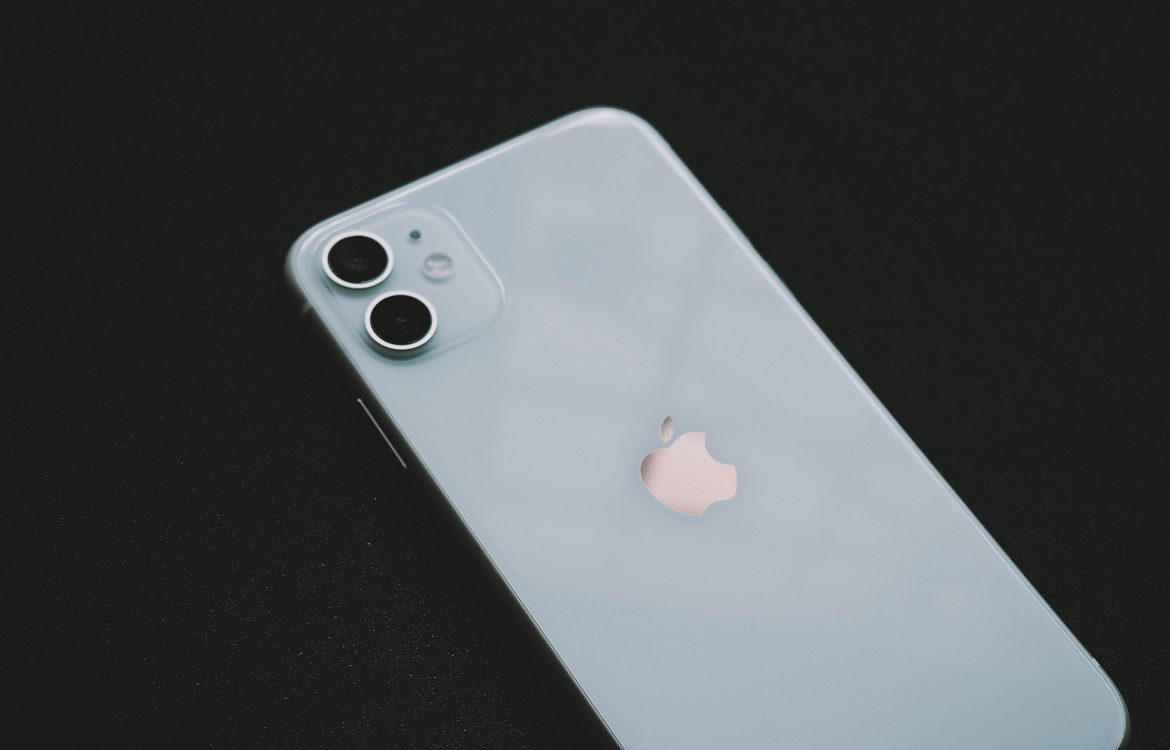


A wet iPhone used to be disastrous, but technological updates and laboratory testing on newer models have ensured that a little moisture is no longer a death knell for your device. Is the iPhone 11 waterproof? Not exactly, but there are some things you can do if your phone gets wet. Here’s how iPhones are rated for water damage.
IP stands for ingress protection. The IP rating of a phone is a standard of measurement comprised of two digits that shows how resistant a device is to dust, dirt, and water. The first number measures how impervious a phone might be to dust and particles, with 0 being no special protection and 6 being indicative of full protection. The second digit of an IP rating indicates moisture protection and follows a similar 0-9 scale, with 9 meaning a phone would be able to withstand a high-pressure, high-temperature jet spray of water. So, a phone with a rating of IP68, like the iPhone 11 and 12 models, is not only protected from harmful dust, but it’s able to withstand immersion in water, making it one of the more water-resistant iPhones available.
Earlier models, like the iPhone X, 8, and 7 series, are rated IP67, which is generally sufficient for everyday use, provided the device is not regularly submerged or used in particularly dusty conditions.
You may be asking yourself, “With a rating like that, is the iPhone 11 waterproof?”, while it is a terribly water-resistant phone, it is not waterproof.
Most new iPhones are resistant to accidental spills from common, everyday liquids like coffee, soda, and juice. To keep the sugars and particles in these beverages from damaging your phone, rinse the affected area with water, then wipe it off with a soft, lint-free cloth.
To dry your iPhone, avoid inserting foreign objects like cotton swabs and paper towels into the Lightning connector port. Instead, leave the iPhone in a dry area with good airflow— using a fan to blow air directly into the connector might speed along the process.
Even though newer iPhones are significantly more water-resistant than their predecessors, that doesn’t mean you should leap at the chance to finish that text or email while you’re in the shower. Similarly, taking your phone in the pool for an underwater photoshoot might not be the best idea, either. Your iPhone is likely to survive a quick dunk in the water and being surrounded by ambient humidity from a shower, but more than that puts the functionality of your device at risk.
Apple products like iPods and iPhones built after 2006 have a built-in indicator that turns red if it comes in contact with water or a liquid that contains water. Once this indicator changes color, any damages to your iPhone that are caused by exposure to water are no longer covered by the Apple One Year Limited Warranty. It is worth noting that general humidity should not cause any damage, nor should it trigger the indicator.
While iPhones are built to withstand dust, debris, and water, they are not totally impervious and may be damaged if submerged in water.
Independent studies on various iPhone models have tested exactly how much water exposure these phones can withstand. And while the iPhone 11 has been found to be relatively waterproof, not all phones will react the same way. It’s not worth potentially ruining an expensive device by taking it into the shower or pool.
If you’re anything like us, tech updates are some of the most exciting updates. Head over to the Trademore blog for more tips, iPhone tricks and info!
Trademore has no connections, affiliations, partnerships or sponsorship agreements with the companies, entities, services and/or products mentioned in this blog post. The opinions, thoughts, views, and expressions made within this blog post are independently created by and attributable to Trademore authors and/or contributors.